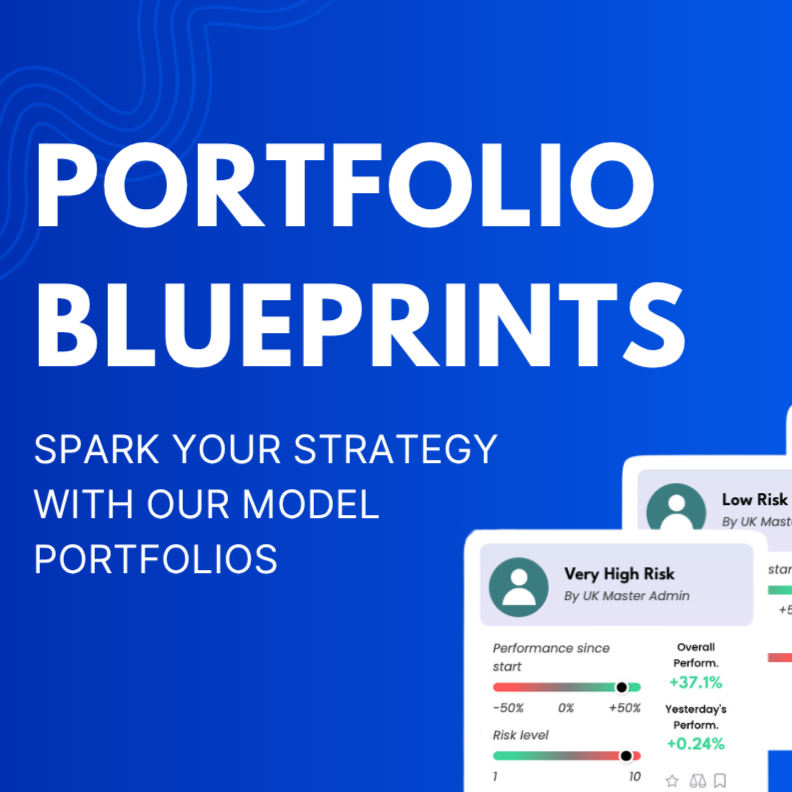Understanding Your Investor Profile
Which investment strategy best fits your investor profile?

The importance of your investor profile
Your investor profile is the key to a successful investment strategy. It reveals how you make decisions, the amount of risk you're comfortable with, and the goals you’re aiming for. In this article, we'll break down what your profile says about your investment strategy and how to use it to your advantage.
The four main investor types and their strategies
Once you’ve figured out your investor type with our UMushroom Investor Type Quiz, it’s time to learn how to use that knowledge. Here are the strategies for each investor type:

1. Indifferent: the Neutral Investor
Strategy: passive investing
As a Neutral or Indifferent Investor, you are not all that focused on monitoring the market. A passive investment strategy, like investing in index funds or ETFs, is perfect for you. This strategy requires minimal upkeep while providing steady returns over time.
Tips:
- Automate your investments.
- Focus on diversification to spread risk.
- Review your investments regularly, but not too often.
- Use tax-advantaged savings plans.

2. Saver: the Cautious Investor
Strategy: long-term and conservative investments
As a Saver Investor, you prioritize security and long-term stability. You should invest in stable and proven investments such as government bonds, fixed-income investments, and counter-cyclical stock.
Tips:
- Create a long-term financial plan.
- Avoid speculative investments, such as highly cyclical shares.
- Use tax-advantaged savings plans.

3. Fearful: the Anxious Investor
Strategy: protection-oriented investments
As a Fearful Investor, you place a high value on security and are primarily focused on protecting your money from losses. You should invest in low-risk assets such as savings accounts, money market accounts, term deposits, and investment-grade bonds.
Tips:
- Maintain a cash reserve.
- Avoid highly volatile investments.
- Consult a financial advisor to find personalized solutions.
- Use tax-advantaged savings plans.

4. Spender: the Joyful Investor
Strategy: growth-oriented investments
As a Spender Investor, you're willing to take on higher risks to achieve greater returns. Growth stocks, start-up investments, and international markets may be well-suited to you.
Tips:
- Diversify your investments.
- Stay informed about market trends.
- Be prepared to accept losses for long-term gains.
- Use tax-advantaged savings plans.
The role of risk tolerance
Your risk tolerance plays a crucial role in determining your investment strategy. Indifferent and Spender Investors tend to have higher risk tolerance, while Saver and Fearful Investors are more cautious. It’s important to find a balance that matches your risk profile.
Financial goals and how to achieve them
Each investor profile comes with different financial goals, whether it’s building an emergency fund, saving for retirement, or buying a house. Your investor profile offers insights into how to achieve these goals effectively.
Financial goals for each investor profile
- Indifferent: Building a diversified portfolio for long-term growth.
- Saver: Long-term planning for retirement and major purchases.
- Fearful: Building a secure emergency fund and gradually investing in low-risk assets.
- Spender: Investing in high-growth areas and high short-term returns.
Improving your financial knowledge
Regardless of your investor profile, you should constantly work to improve your financial knowledge. Read books, attend seminars, and stay updated on financial topics so you can make informed decisions. If you’re looking for guidance from finance experts, check out our education program, "GROW," for more information.
Understanding your investor profile is crucial for a successful investment strategy. Use the insights from our UMushroom Quiz to reach your financial goals and build wealth. For more information and detailed strategies, check out our previous article: Discover Your Investor Profile: How Our Quiz Reveals Your Financial Personality.



